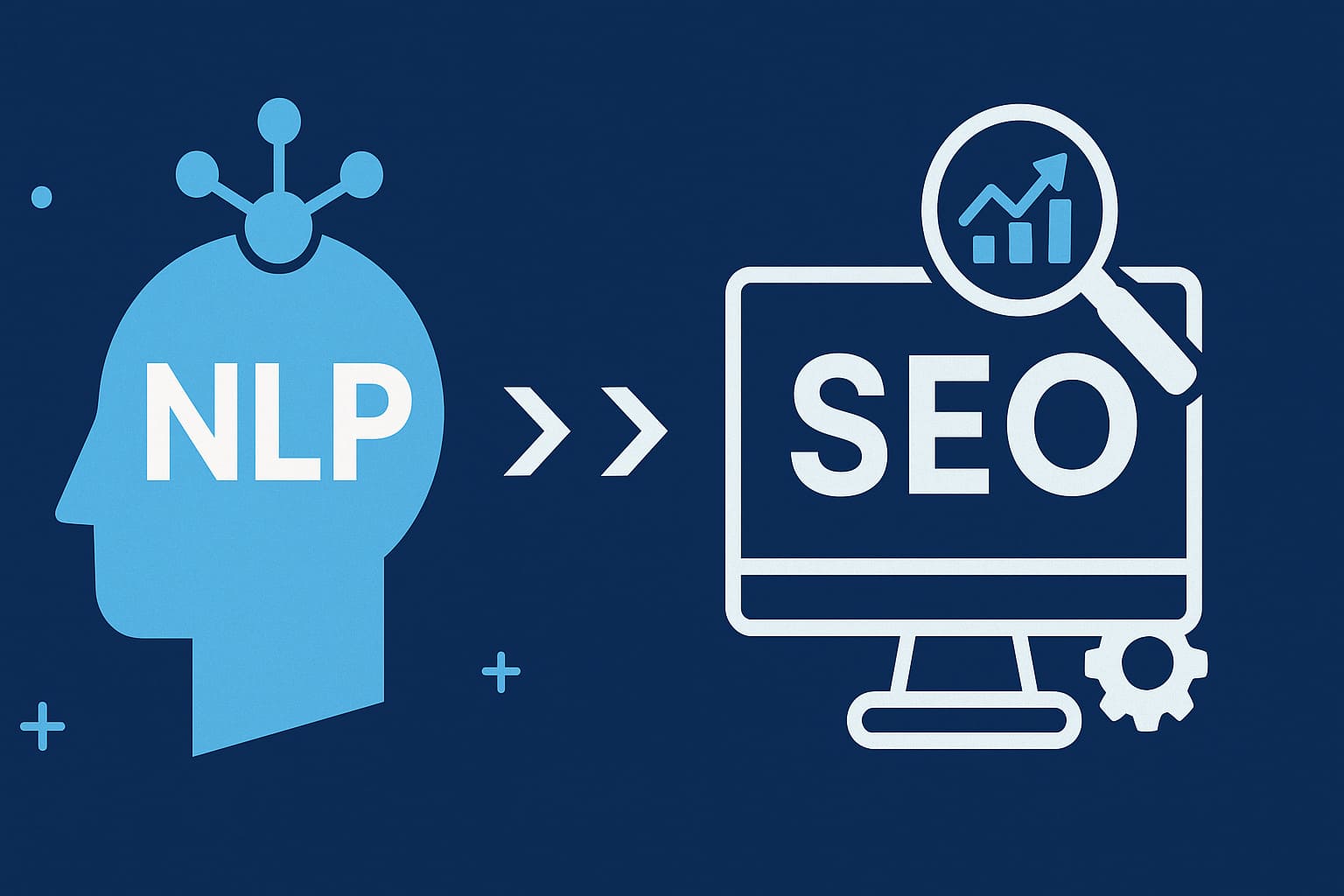In digital marketing, SEO is a crucial component of success, and content optimization is vital for SEO success. It involves using appropriate keywords while keeping a clear message that connects with your audience.
However, the path to mastering SEO is often perceived as complex and elusive due to the ever-evolving Google algorithms. Knowing what to do and how to go about SEO will give you a fighting chance for better visibility on Google.
But how can you do it? To help you get started, we will guide you through the steps to optimize your content for better search engine rankings. So, what to wait for? Read on to know more!
What is Google ranking?
Google ranking, often referred to as Search Engine Results Page (SERP) ranking, is the position at which a particular site appears in the Google search results for a specific query. When a user types a query into Google, the search engine’s complex algorithms sift through billions of pages in its index to find the most relevant and helpful information.
These algorithms consider over 200 factors, including:
- Keyword relevance,
- Page Load Speed,
- User Experience (UX),
- Mobile Friendliness,
- Backlinks Quality and Quantity,
- And many more.
Furthermore, the ultimate goal is to provide the user with the most valuable and pertinent information related to their search query. The higher a website ranks on the SERP, the more likely users will click on it. This is why SEO (Search Engine Optimization) strategies, which aim to improve a website’s Google ranking, are integral to successful digital marketing.
How does Google Rank Pages?
Google’s process of ranking pages is a complex, multi-step procedure broadly categorized into three main stages:
- Crawling: This is the first step where Google discovers what pages exist on the web. The process involves Google’s team of crawlers (spiders or bots) that scour the Internet to find publicly available web pages. These crawlers start with a list of web addresses from past crawls and sitemaps provided by website owners.
- Indexing: Once Google has discovered a page, it tries to understand what the page is about is called indexing. Google analyzes the page’s content, catalogs images and videos embedded on the page, and otherwise tries to understand the page.
- Ranking: When a user types a query into Google, Google sorts through the billions of pages in its index to find the most relevant search results. This is the ranking process. It’s based on algorithms that consider hundreds of factors, including the keyword, the relevance and usability of pages, the expertise of sources, your location, and settings.
Step-by-Step guide to rank your content higher on Google?
Now that you understand how Google ranks pages, optimizing your content is time. Here are some practical steps you can take to rank higher on Google:
Step 1: Optimize Your Website’s Metadata: Website metadata optimization involves creating unique and descriptive title tags and meta descriptions for each page. These should include target keywords, be concise, and accurately describe the page’s content. This helps search engines understand your content better and can improve click-through rates from search results, ultimately boosting your SEO ranking.
Step 2: Incorporate Semantic Keywords: Incorporating semantic keywords, or Latent Semantic Indexing (LSI), involves using related terms to your primary keyword. These provide context and help search engines understand your content better.
- Identify LSI keywords through research tools.
- Use them naturally in your content.
- Include them in headings, body text, and meta descriptions.
This strategy enhances SEO, making your page more likely to rank on Google. If you want to go the extra mile, use natural language processing (NLP) to optimize your content further.
Step 3: Stay Technically Sound: “Staying technically sound” refers to maintaining optimal website health by addressing technical SEO issues. This includes:
- Fixing broken links that lead to 404 errors.
- Ensuring fast page load times.
- Make your site mobile-friendly.
These factors improve user experience, making visitors more likely to stay on your site longer. Search engines like Google favor technically sound websites, which can help improve your ranking.
Step 4: Align Content with Search Intent: Aligning content with search intent means understanding and meeting users’ needs based on their search queries. It involves creating content that answers users’ questions or provides the information they seek when using your target keywords. This alignment can enhance user satisfaction, increase engagement, and improve your Google ranking.
Step 5: Enhance User Engagement: User engagement refers to the level of interaction and interest your audience has with your content. To enhance user engagement, create engaging content that resonates with your target audience. This can include using multimedia elements, encouraging comments and social sharing, and responding to user feedback promptly. Engaging users can improve website dwell time, reduce bounce rates, and boost SEO rankings. Search engines recognize and reward sites that provide a positive user experience.
Step 6: Target Long-Tail Keywords: Long-tail keywords are specific, longer phrases that potential customers use in search queries. You can target a more niche audience with higher conversion potential by targeting these keywords. Conduct keyword research to identify long-tail keywords relevant to your business and create content tailored around them. These keywords often have lower competition, making ranking higher in search results easier and attracting visitors genuinely interested in your products or services.
Step 7: Prioritize Quality Over Quantity: In the world of SEO, it’s crucial to prioritize the quality of your content and backlinks over sheer quantity. Producing high-quality, informative, and valuable content attracts and retains visitors and earns credibility and trust with search engines. Likewise, quality backlinks from reputable websites carry more weight than numerous low-quality ones. Focusing on quality ensures that your SEO efforts yield long-lasting results and a solid online reputation.
Step 8: Cultivate Quality Backlinks: Backlinks are links from other websites to yours, and they play a significant role in SEO. However, it’s vital to cultivate quality backlinks from authoritative and relevant sources. High-quality backlinks signal to search engines that your website is trustworthy and authoritative, improving your search rankings.
Step 9: Measure Your SEO Success: To gauge the effectiveness of your SEO efforts, you must regularly measure and analyze key performance metrics. Use tools like Google Analytics to track organic traffic, conversion rates, bounce rates, and keyword rankings. This data allows you to identify areas for improvement, refine your SEO strategy, and demonstrate a return on investment. Continual measurement and adjustment are essential for long-term SEO success.
Step 10: Utilize Engaging Visuals: Visual content, such as images, videos, infographics, and charts, can enhance the user experience and improve SEO. Visuals make your content more engaging and shareable, increasing the likelihood of backlinks and social media mentions. Search engines also factor in user engagement signals, like page duration, in website rankings. Incorporating appealing visuals can boost user engagement and, in turn, positively impact your SEO efforts.
Step 11: Format Your Content for Readability: Optimizing your content for readability is essential for both users and search engines. Use clear headings, subheadings, and bullet points to break up the text, making it easy to skim and digest. Maintain a consistent font style and size for readability across different devices. Well-structured content keeps visitors on your site longer and helps search engines understand the context and relevance of your content, ultimately improving your SEO rankings.
Why is it important to rank high on Google?
Ranking high on Google has become essential to modern digital marketing strategies. Here are several reasons why a high Google ranking is essential:
- Visibility and Brand Awareness: When your website ranks high on Google, it gains significant exposure to a large audience. This increased visibility can lead to greater brand recognition and awareness.
- Increased Traffic: The higher your website ranks, the more clicks you’ll get. Studies have shown that the first page of Google captures 71-92% of search traffic clicks. This can substantially increase website traffic, which may translate into more sales and leads.
- Trust and Credibility: Internet users trust Google. Therefore, when your site ranks high on Google, it’s perceived as more trustworthy and credible. This can enhance your brand’s reputation and inspire confidence among potential customers.
- Cost-Effective Marketing: Organic search results are essentially free advertising. While there’s a cost associated with implementing SEO strategies to rank high, you’re not paying for each click or impression like you would with paid advertising.
- Competitive Advantage: If your competitors rank higher than you, they’re likely to capture traffic that could be yours. You can gain a competitive edge and capture a larger market share by ranking high on Google.
- Better User Experience: Google’s algorithms favor websites that offer a high-quality user experience. Therefore, striving for a high Google rank will naturally improve your website’s usability, benefiting your visitors.
Conclusion
To wrap it up, mastering the art of SEO is a pivotal step in the digital landscape. By implementing the strategies outlined in this guide, you can significantly improve your content’s visibility and ranking on Google. As search algorithms evolve, staying informed and adaptable will ensure your content continues to thrive in the competitive online arena. We hope this article was helpful to you; don’t hesitate to reach out!






